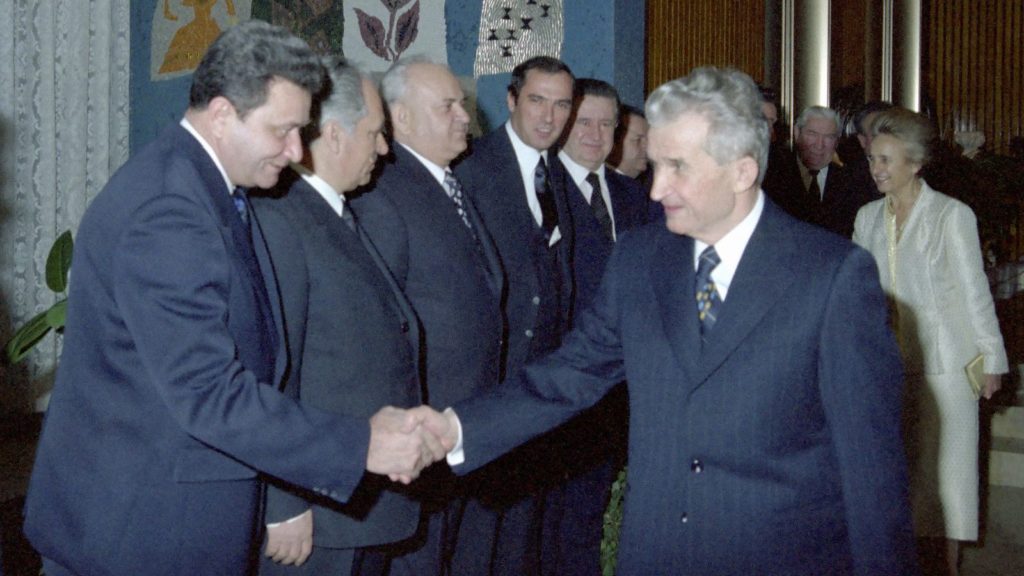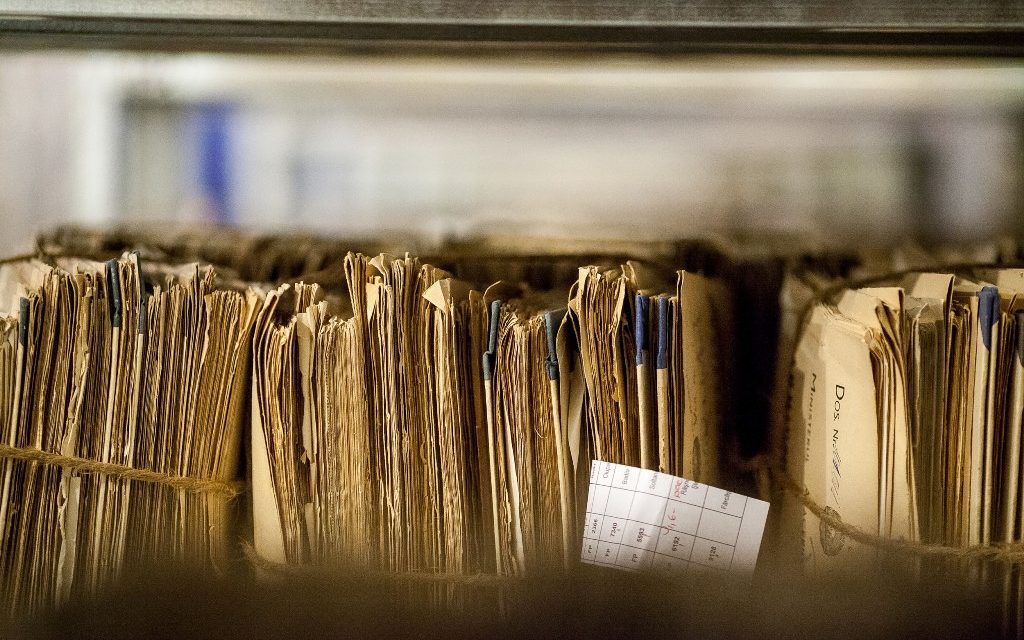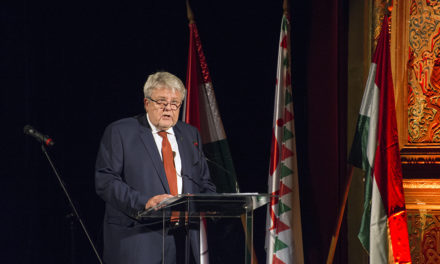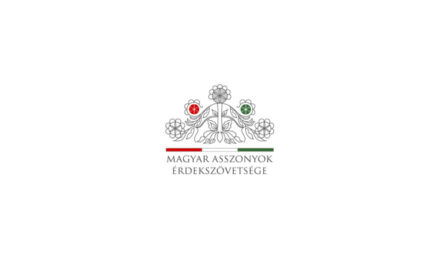The journalist of Vasárnap.hu talked about the agent issue with Nóra Szekér, researcher of the Historical Archives of the State Security Services (ÁBTL). We quote some details from the article.
"In the official terminology of the bodies, they were called networks, network persons. It is important to emphasize that when we talk about agency and network activity, it covers a wide variety of activities in terms of the relationship with the bodies, the nature and intensity of the cooperation.
For example, the so-called occasional operational contacts were only occasionally involved in connection with a case. The secret staff also took part in the development of the operative plan, proposed the direction of the secret investigation, and even the recruitment of agents. There were many people who were recruited, but did not report at all, or only with me and me, essentially sabotaging the cooperation, while others overzealously collected information not only based on specific instructions, but also gave reports "unsolicited".
There were quite a few agents whose activities were particularly harmful, they filled dozens of files with their reports and were sometimes able to do serious harm: According to state security parlance, those who could identify with the ideals of socialism and agreed to cooperate on this basis were organized on a "patriotic" basis be, who lacked this conviction, was forced to work as an agent based on compromising data. ranging from exposing the commission of adultery or other immorality to
The recruitment implementation process can be followed from the so-called "B" (Recruitment) files. The materials collected during the study of the selected person, the characterizations made of him during the recruitment, the reports of the recruiting officer and the declaration that he agrees to cooperate were collected here. The reports of his detention officer about him were later attached here, as well as materials related to his possible exclusion. Agent reports were collected in separate files, the so-called "M" (Work) files.

Romanian communist dictator Nicolae Ceausescu shakes hands with Tudor Postelnicu, head of the Securitate, at a New Year's Eve party in Bucharest. Archive photo: EPA/RADU CONSTANTINESCU
– He mentioned that 20-25 percent of network people are known. Thus, how can the documents kept in the archive correspond to the events of the past?
The documents remained incomplete, as the bodies continuously destroyed the documents. The destruction best known to the public is linked to the regime change, but many documents were also destroyed in the 1956 revolution. In addition to those related to these historical events, the documents were continuously discarded.
It is difficult to give an exact answer as to what percentage of documents this affected, but according to some estimates, the approximately 4,000 meters of documents kept in the archive make up one third of the total amount. A typical addition is that in Romania - where there were no document destructions on such a scale, the archives of the former Securitate contain more Hungarian-related documents than in the ÁBTL in total!
the entire article here.
Opening image: Inquam Photos













